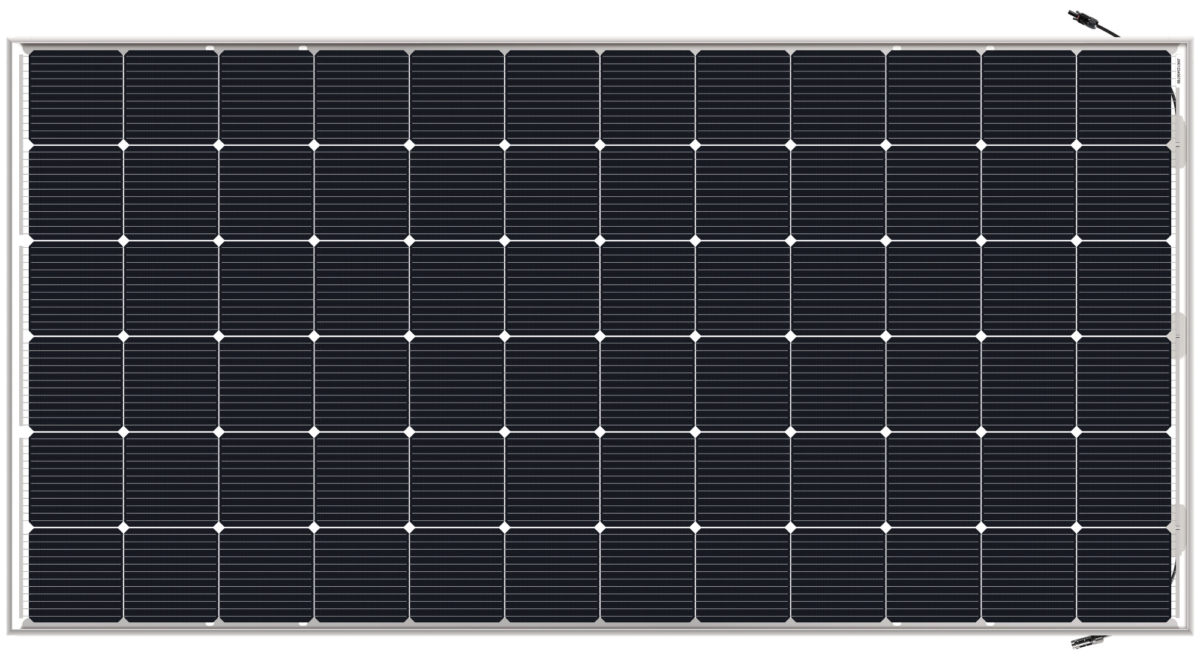Empowering Solar: TOPCon Cells Redefine Photovoltaic Efficiency

In the dynamic landscape of renewable energy, the quest for more efficient and reliable solar technology has been relentless. Amidst this pursuit, Topcon Solar cell technology has emerged as a beacon of innovation, promising a new era of efficiency and performance in photovoltaic (PV) systems. This article delves into the advancements, advantages, and future prospects of TOPCon technology in revolutionizing the solar industry.
The Efficiency Frontier
TOPCon cells represent a significant leap forward in solar energy conversion efficiency. With a theoretical limit efficiency of 28.7%, these crystalline silicon cells are inching remarkably close to the theoretical maximum for such technology. This efficiency surpasses that of mainstream PERC (Passivated Emitter and Rear Cell) technology, which stands at 24.5%. The high efficiency potential of Topcon Solar cells positions them as a pivotal technology in maximizing the utilization of solar energy.
Historical Perspective
The genesis of TOPCon cell technology can be traced back to 2014, with the Fraunhofer Institute for Solar Energy Research in Germany spearheading its development. This innovative approach involves the creation of a thin silicon oxide layer on the back of an N-type silicon substrate battery, topped with a thin layer of doped silicon. This passivated contact structure effectively mitigates surface and metal contact recombination, thereby enhancing the overall efficiency of the cell.
Advantages of TOPCon Technology
The widespread adoption of TOPCon technology across various industry players is driven by its distinct advantages:
- High Conversion Efficiency: TOPCon cells boast mass production efficiencies surpassing those of PERC technology. With efficiency levels reaching up to 25.2%, and projected to soar even higher in the coming years, TOPCon cells outperform their counterparts by a notable margin.
- Low Degradation Rate: The inherent design of TOPCon cells, particularly the N-type battery substrate doped with phosphorus, results in minimal degradation over time. Compared to PERC cells, TOPCon modules exhibit lower attenuation rates, ensuring sustained performance throughout their operational lifespan.
- Low Temperature Coefficient: TOPCon solar module demonstrate superior performance in high-temperature environments, with significantly lower power temperature coefficients compared to PERC modules. This characteristic enhances their efficiency and reliability in challenging climatic conditions.
- High Bifacial Rate: The bifacial rate of TOPCon cells surpasses that of PERC cells, making them particularly advantageous in large-scale projects with high ground reflectivity. This attribute significantly enhances power generation efficiency, further solidifying the appeal of TOPCon technology.
TOPCon (Tunnel Oxide Passivated Contact) cells have emerged as a groundbreaking technology redefining photovoltaic efficiency. These cells represent a significant advancement in solar energy conversion, promising higher efficiencies and lower production costs compared to traditional solar cell technologies.
At the heart of TOPCon cells lies a sophisticated architecture that optimizes both the light absorption and charge carrier collection processes. The innovation lies in the incorporation of a thin tunnel oxide layer, which serves as a passivation layer, effectively reducing surface recombination losses. This enables TOPCon cells to achieve exceptionally high open-circuit voltages (Voc) and fill factors (FF), crucial parameters for maximizing the power output of a solar cell.
Moreover, TOPCon cells exhibit remarkable tolerance to impurities and defects, thanks to their innovative passivation scheme. This feature makes them particularly suitable for mass production processes, as it reduces the stringent requirements for material purity, thereby lowering manufacturing costs.
Another distinguishing feature of TOPCon cells is their compatibility with both n-type and p-type silicon substrates. This versatility offers manufacturers greater flexibility in designing solar cell architectures tailored to specific performance requirements and cost considerations.
Furthermore, TOPCon cells demonstrate excellent stability and reliability over extended periods of operation, making them an attractive option for both utility-scale solar farms and residential rooftop installations. Their robust performance in varying environmental conditions underscores their potential to drive the widespread adoption of solar energy as a reliable and cost-effective renewable energy source.
The Future of Solar Technology
The year 2023 has been heralded as the “year of TOPCon technology explosion,” with its market share expected to surpass 25%. This rapid surge underscores the industry’s recognition of TOPCon cells as a transformative technology capable of meeting the escalating demand for high-efficiency, durable, and cost-effective solar solutions.
As we navigate the evolving landscape of renewable energy, TOPCon cells represent a significant stride forward, bringing us closer to unlocking the full potential of solar energy. Their remarkable efficiency, coupled with low degradation and superior performance, positions TOPCon technology as a key driver in the global transition towards sustainable and renewable energy sources.
In conclusion, the advancement of TOPCon technology in the solar industry heralds a promising future where solar energy becomes increasingly efficient, reliable, and accessible to all. It is an exciting time for renewable energy enthusiasts and stakeholders alike, as we witness the dawn of a new era powered by innovation and sustainability.











